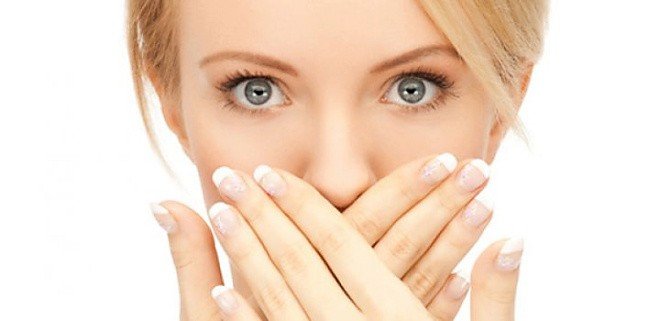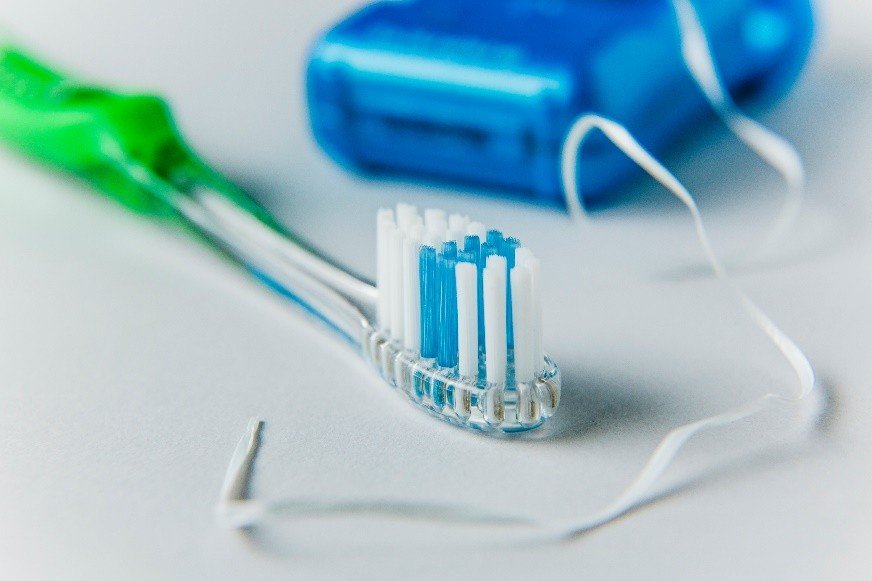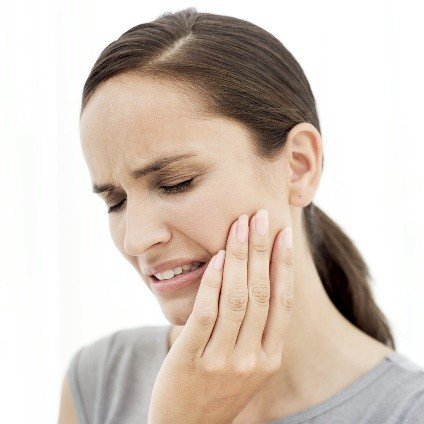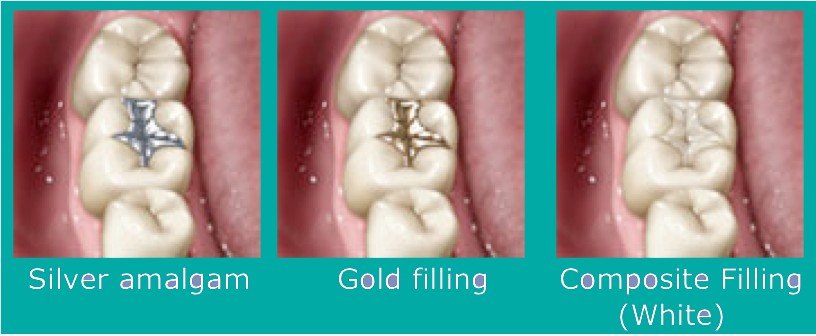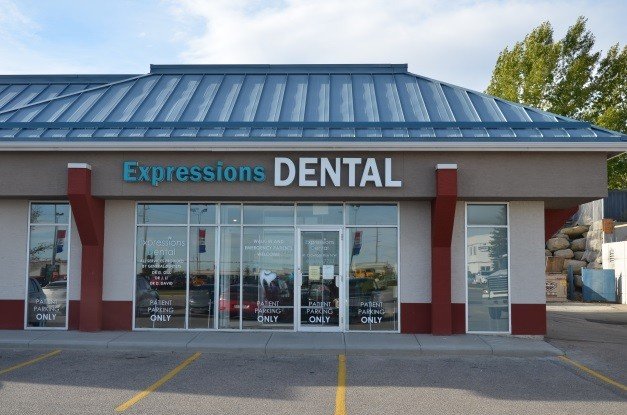Treatments for Bad Breath
Bad breath is a common condition caused by sulphur-producing bacteria that live within the surface of the tongue and in the throat. Its treatment will depend on the underlying cause. Smoking, dry mouth, dental infections and nasal or sinus infections can cause bad breath. Good oral hygiene, including brushing flossing and tongue cleaning, is important. Other treatments may include mouthwashes, nasal spray or antibiotics. Oral malodor (bad breath) can be divided into two distinctive categories—transitory and chronic. Transitory refers to food-related malodor that can last as long as 72 hours. Virtually everyone suffers from this condition at one time or another. The second category, chronic, is generally related to oral or general medical problems. There is no one treatment for bad breath. The treatment will depend on what is causing the problem. Avoiding dehydration and good oral hygiene, including brushing and flossing, are important. Some mouthwashes, lozenges and toothpastes can assist in fighting bad breath. Gentle but effective tongue cleaning may also be required. A variety of tongue brushes and scrapers have been produced in recent years. The tongue should be brushed in a gentle but thorough manner, from the back towards the front of the tongue, keeping in mind that the hardest to reach back portion smells the worst. Just as important to oral health and fresh breath is oral health care delivered by a qualified professional. Regular oral health care appointments, which include teeth cleaning above and below the gum line is essential to maintaining good oral health and fresh breath, so visit your dental hygienist every six months, or as often as recommended. For more information about proper oral health care, as well as brushing and flossing instructions, please talk to your dental hygienist.

